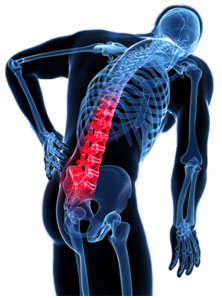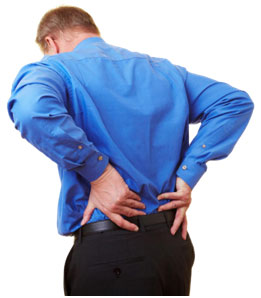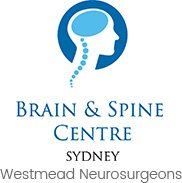Mechanical Back Pain
Back pain is a common cause of absence from work that affects approximately up to 80% of the Australian population, at different stages of their life.
Lower back pain may be related to the functional impairment of different tissue structures such as:
- Bony architecture of the lumbar spine
- Intervertebral disc
- Ligament around the spine and disc
- Spinal cord and nerves
- Attached muscles
- Surrounding skin and internal organs (eg aorta, kidney)
- Tumours of the spine
- Infections of the spine


Common risks factors for back pain include:
- Mental stress
- Conditions such as pregnancy
- Age- elder people are more susceptible
- Behavioural disorders such as anxiety and depression
- Gender – more common in females as compared to males
- Obesity
- Smoking
- Arduous physical work
- Sedentary lifestyle
Common causes of back pain include:
- Degenerative Disease of the spine
- Stress on muscles and ligaments
- Lifting heavy weight
- Structural disorders such as ruptured disks, bulging disc, sciatica, arthritis, osteoporosis, and abnormal curvature of the spine
- Poor posture
- Trauma or infection of the spine
- Cancer involving the spine
The diagnosis of back pain includes physical examination and a medical history of the patient. In some cases, imaging techniques such as X-rays, MRI scan, CT scan, bone scan and electromyography or EMG may also be ordered.
In the majority of cases, back pain is relieved without opiate medication but by rest and avoiding/modifying the activities that triggers off the pain. In cases where avoiding/modifying activities and rest is not beneficial, the doctor may recommend the following treatment options:
- Medications such as anti-inflammatories, painkillers and narcotics
- Physical therapy
- Cortisone injection
- Cognitive behavioural therapy (CBT)
- Complementary therapies such as acupuncture, acupressure, chiropractic and osteopathy
- Transcutaneous electrical nerve stimulation (TENS)
The Role for Surgery
Surgery to treat back pain has been controversial for decades.
Identifying the cause of mechanical back pain can be elusive. There are instances where no abnormality can be identified following extensive investigations, and no surgical solution will be useful in the treatment of the patient suffering from mechanical back pain. These patients are best treated with fitness training, core exercises, physical therapy and other non-surgical options.
For the patients that have a clinical diagnosis that is known to be associated with mechanical back pain, employing procedures such as artificial disc replacement (arthroplasty), and instrumented fusion may be of some value.Achieving 100% success or “zero” pain after surgery is NOT achievable.




